Speaker:
Prof. Dr. Stephan Völker
+49 30 314 22277
Send E-Mail
Light is omnipresent and forms the foundation of our modern society—whether in private spaces, workplaces, public areas, or transportation. At the same time, lighting technology is increasingly gaining importance in design and event technology.
Thanks to the development of new semiconductor technologies, the lighting industry has been undergoing a transformation in recent years, giving rise to a new lighting market. Traditional light sources, such as incandescent bulbs, are increasingly being replaced by modern semiconductor-based light sources, which are distinguished by their energy efficiency and performance. The high integrability into existing lighting systems and the versatile electrical control options of solid-state lighting also open up entirely new application areas.
Looking ahead, the specific possibilities of LEDs (light-emitting diodes) are becoming a central focus of research and development, with concepts such as “intelligent lighting” and “customized light” taking center stage. Factors like pleasant color temperature, optimal light quality, longevity of light sources, and the physiological effects of light on humans are also increasingly important.
Especially in Berlin – the “City of Light” – the future technology of lighting combines tradition and modernity, making it one of the most exciting focus areas within the Optics Cluster. The history of lighting technology in the region—home to pioneers such as AEG, Osram, Semperlux, and Siemens—spans over 200 years. Today, approximately 3,000 people work in predominantly small and medium-sized companies driving the shift to semiconductor technology. Lighting now stands for design, innovation, and atmosphere, as well as energy efficiency, illuminating the region not only during Berlin’s annual Festival of Lights.
This focus area is developed in close cooperation with Gather around Light (GAL).
Topics include:
- Adressierbarkeit von Licht in der Außenbeleuchtung
- Individualisierbarkeit von Licht in der Innenbeleuchtung
- Maßzahlen und Produkte für visuelle und nicht-visuelle Wirkungen
